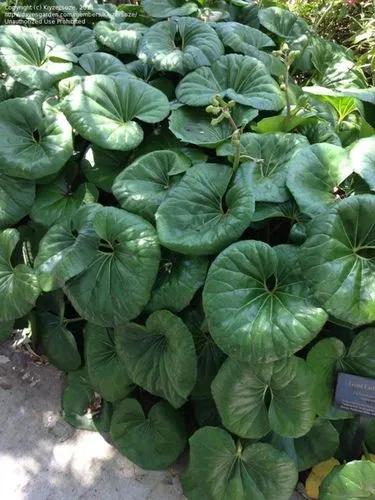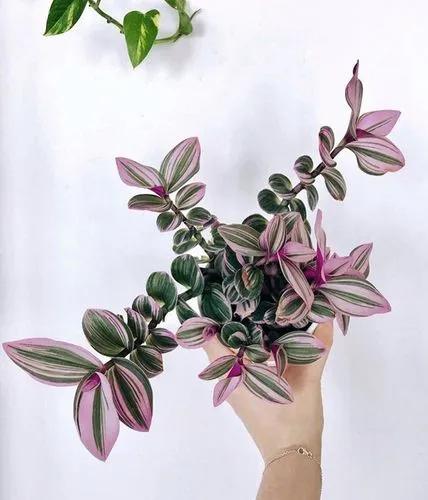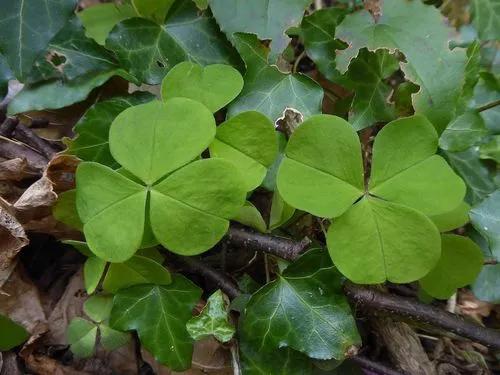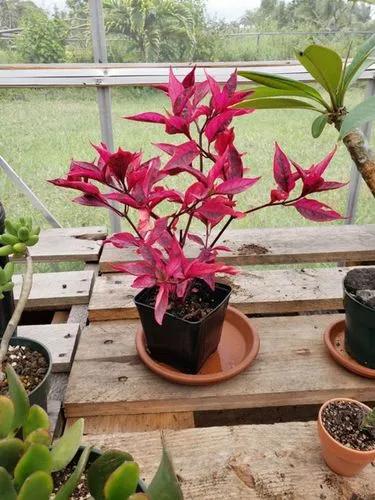The leaves are flattened and thick (at least 9mm), with wavy edges. Dracaena pethera grows stemless as a perennial, succulent plant with strong rhizomes. The simple leaf blade is from 75 to 275 inches long and from 6 to 9 inches wide. It gradually narrows from about the middle into a 8.5—12.7 millimeter long pale whitish brown and hard spider tip. The leaves are whitish brown, greyish green, speckled or light green transversely banded, with three to nine dark green longitudinal lines. The leaf margin is wavy and reddish brown. The leaf surface is smooth. The pulchra variety has clearly more marked and partially prostrate leaves, with whitish green, buff-colored or almost reddish spots or irregular bands. The flower of Dracaena pethera is greenish-white, scented, and is carried on a conical inflorescence.
Sanseviera Kirkil Care
Dracaena Pethera



How to Care for the Plant

Water

Allow the soil to dry out before watering, then water thoroughly and allow to drain freely. Do not allow the plant to sit in water as this will cause root rot.

Pruning

Use a thin knife to prune and spruce up your mature plant to make it look fresh and brand new. Simply cut the longest leaves of the plant – they usually grow on the outer sides – at the soil line. You can use those cut up leaves to propagate via leaf cuttings.

Fertilizer

These are are low-maintenance plants that don’t require excessive additional feeding. In fact, excessive feeding will ruin the leaves of the plant! Just make sure to give your Sansevieria kirkii a weak, diluted feed of a general-purpose fertilizer once a month or after every three weeks during summer, as it puts out flowers and needs more energy during that time.

Sunlight

Best in moderate to bright, indirect light but will adapt to low light conditions too.

Soil

Well drained soil

Temperature

Make sure to place your Sansevieria kirkii plants in an average temperature environment; it will happily grow in temperatures ranging from 59 to 73°F. Your sturdy Sansevieria can also survive in temperatures as low as 50°F, but that is not the ideal temperature to expose your plants to for longer periods of time.

Additional

Sansevieria Are Toxic To Pets. When ingested by pets, it typically causes gastrointestinal signs (e.g., drooling, vomiting, diarrhea, etc.). Another nickname for this plant is ‘viper’s bowstring hemp’, because its strong fibres were once used to make strings for bows.

Popularity

52 people already have this plant 12 people have added this plant to their wishlists
Discover more plants with the list below
Popular articles






